Back to Courses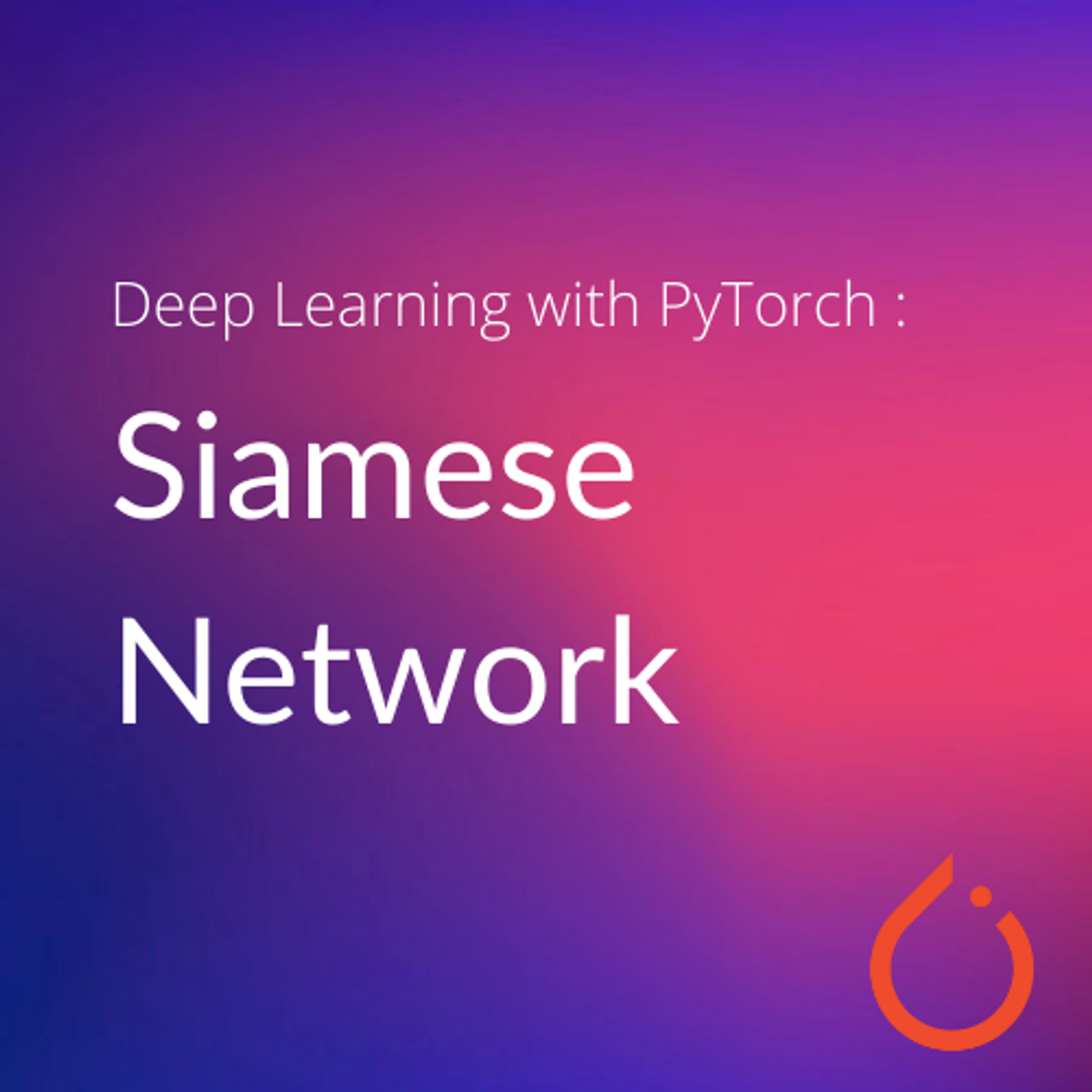
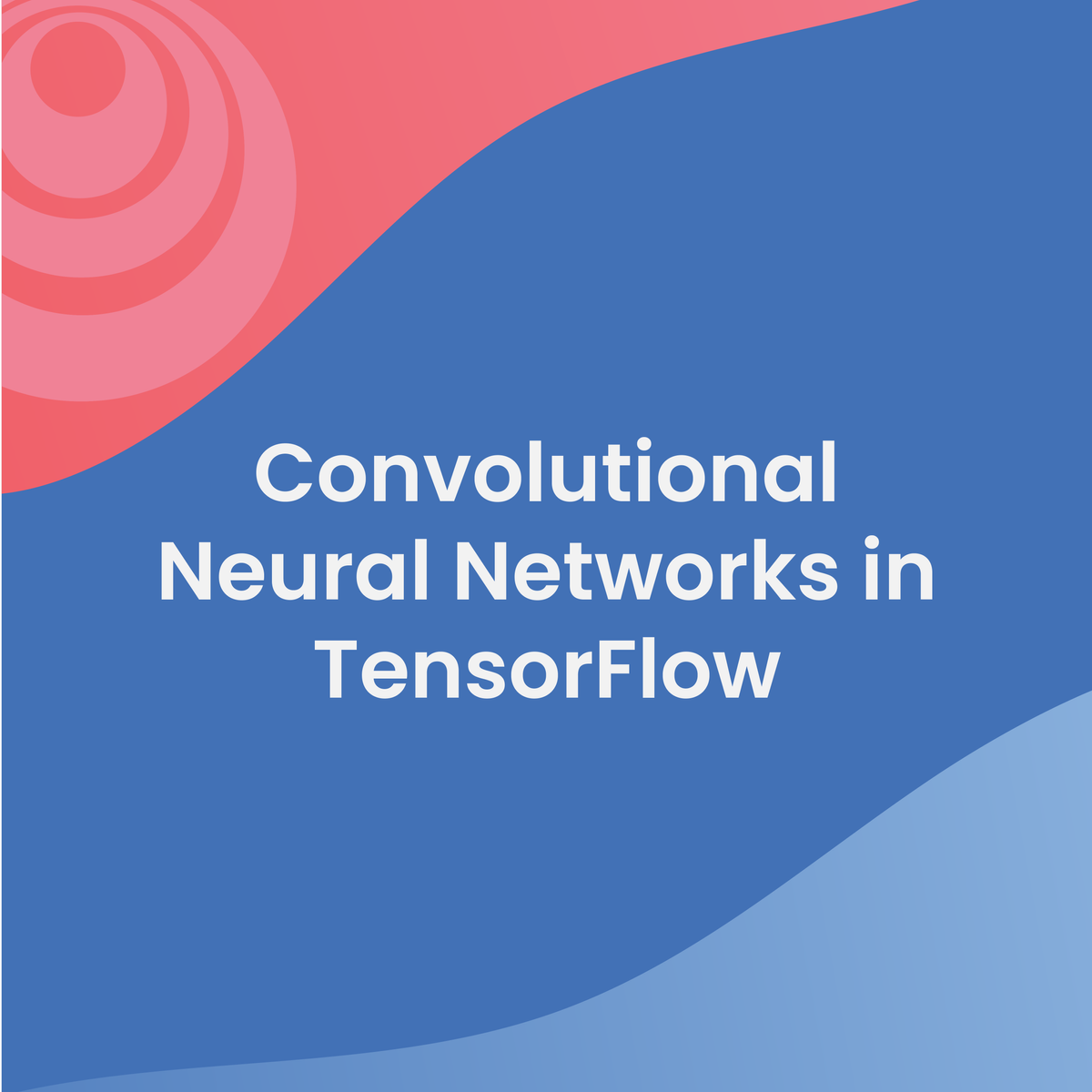
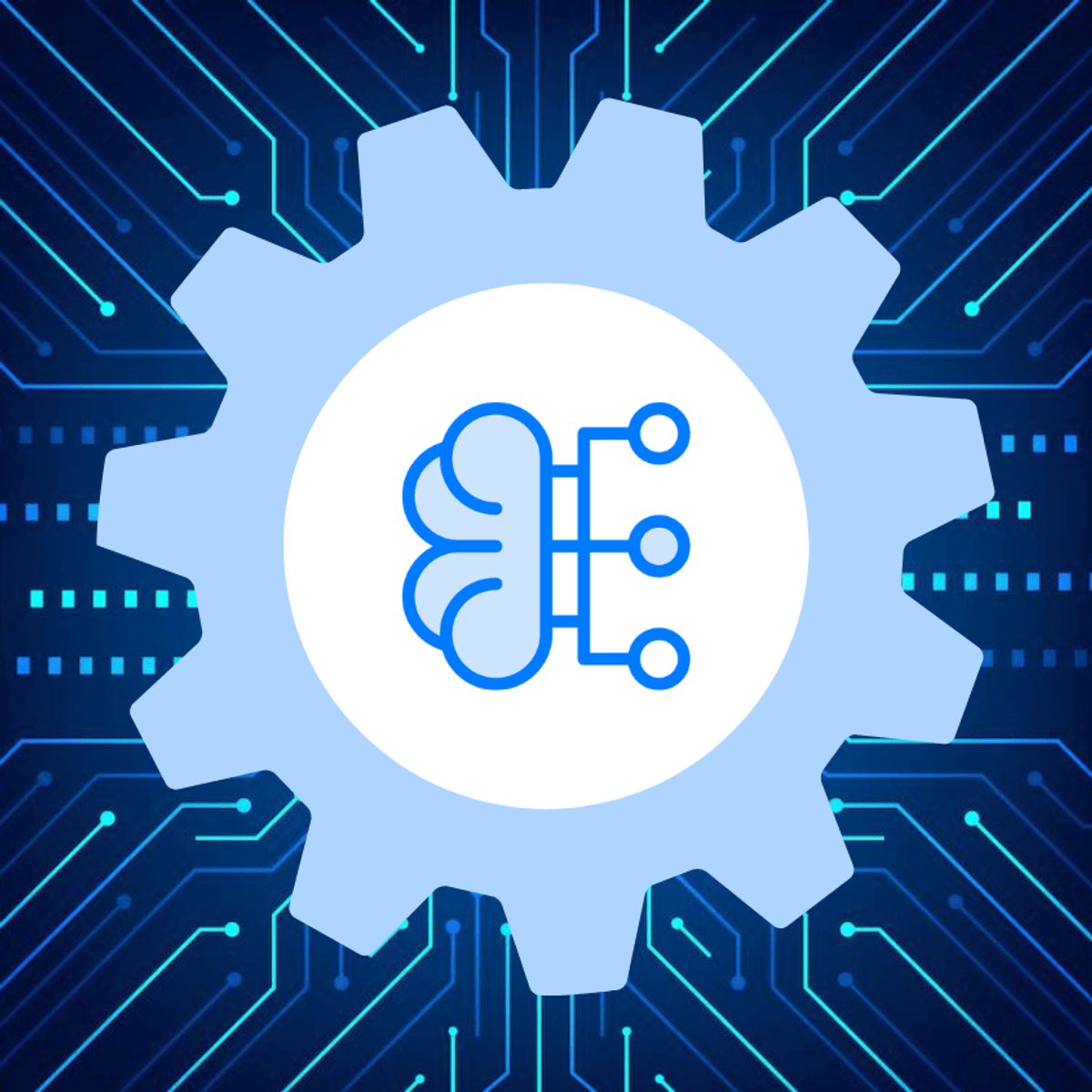

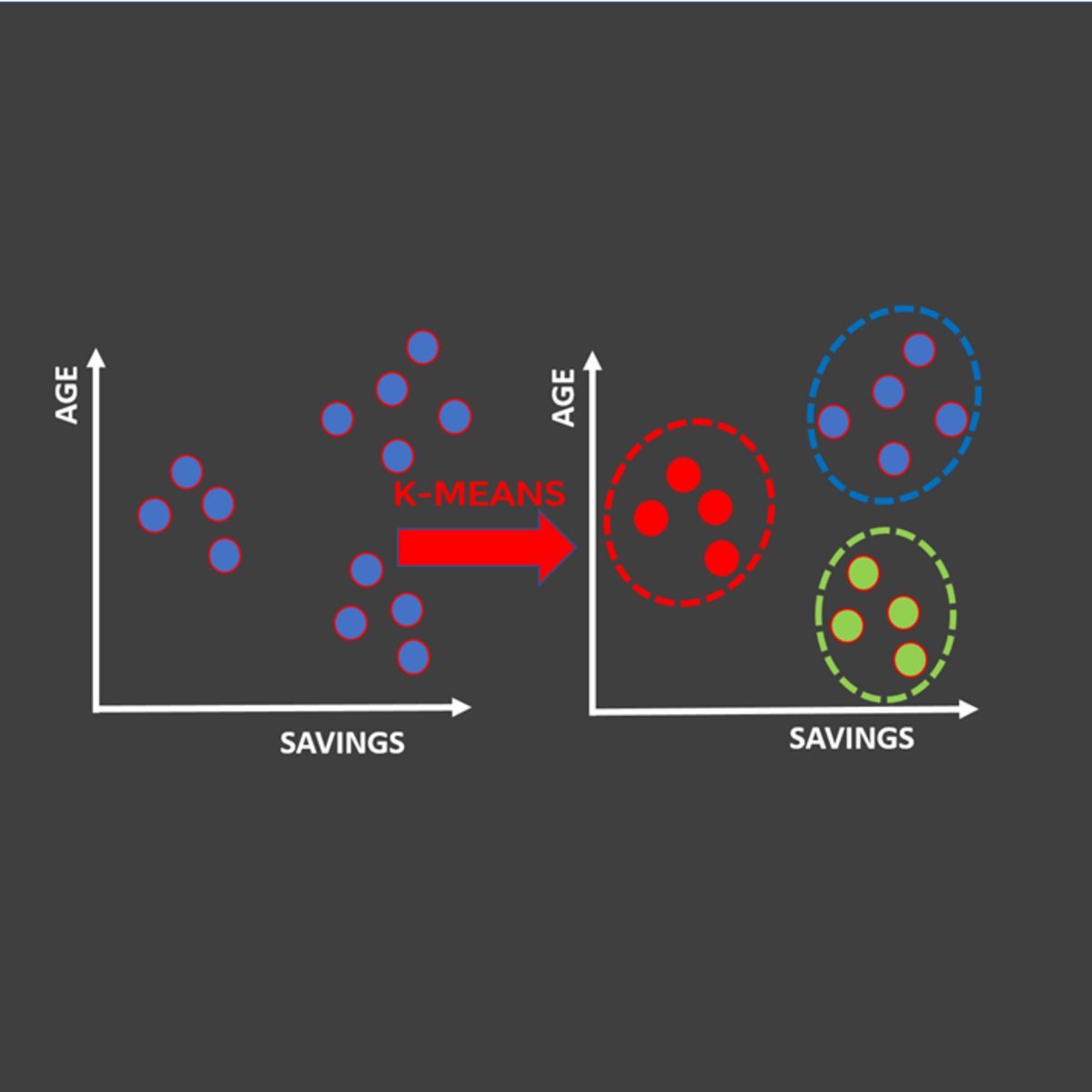
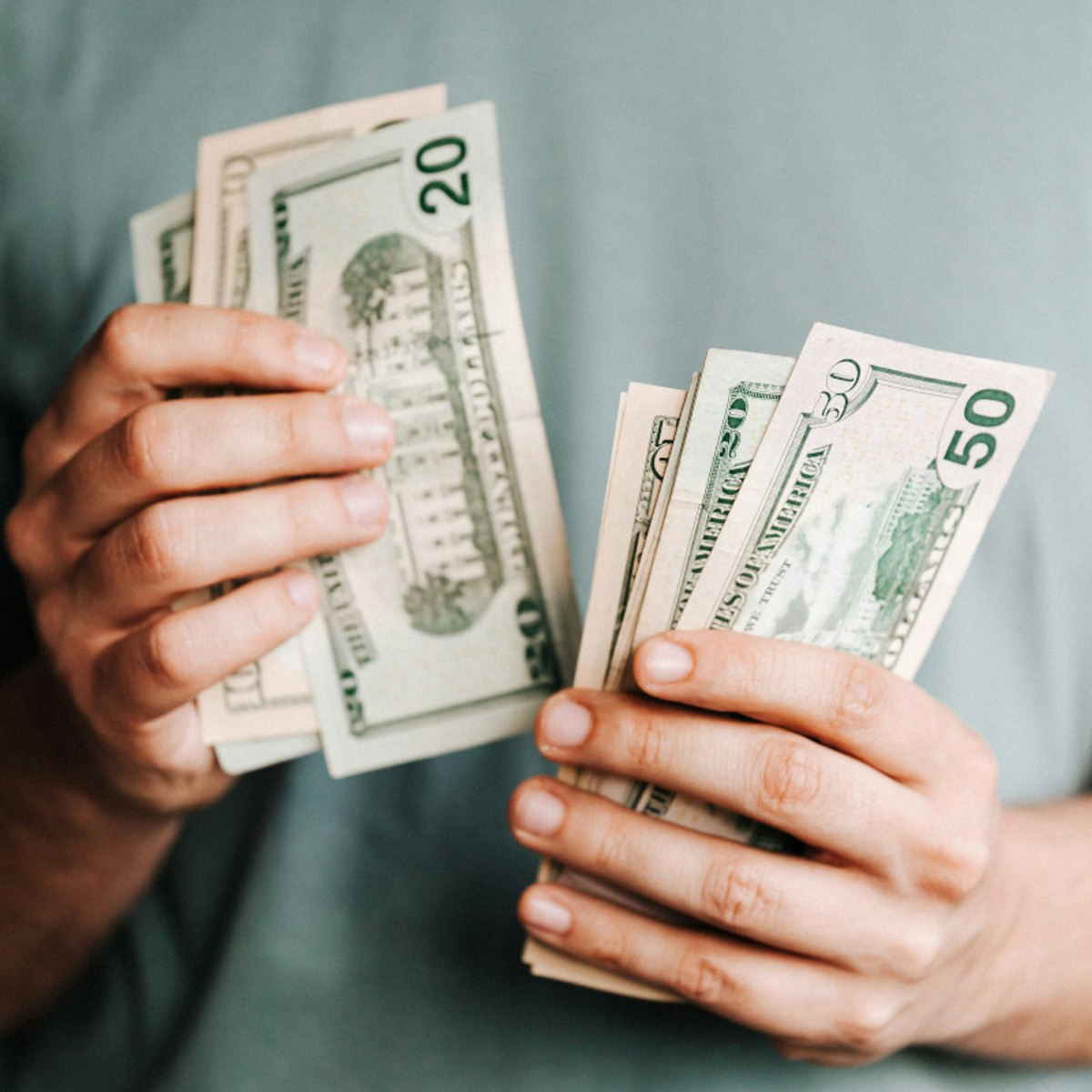




Machine Learning Courses - Page 11
Showing results 101-110 of 485

Deep Learning with PyTorch : Siamese Network
In this 2-hour long guided-project course, you will learn how to implement a Siamese Network, you will train the network with the Triplet loss function. You will create Anchor, Positive and Negative image dataset, which will be the inputs of triplet loss function, through which the network will learn feature embeddings. Siamese Network have plethora of applications such as face recognition, signature checking, person re-identification, etc. In this project, you will train a simple Siamese Network for person re-identification.

Convolutional Neural Networks in TensorFlow
If you are a software developer who wants to build scalable AI-powered algorithms, you need to understand how to use the tools to build them. This course is part of the upcoming Machine Learning in Tensorflow Specialization and will teach you best practices for using TensorFlow, a popular open-source framework for machine learning.
In Course 2 of the deeplearning.ai TensorFlow Specialization, you will learn advanced techniques to improve the computer vision model you built in Course 1. You will explore how to work with real-world images in different shapes and sizes, visualize the journey of an image through convolutions to understand how a computer “sees” information, plot loss and accuracy, and explore strategies to prevent overfitting, including augmentation and dropout. Finally, Course 2 will introduce you to transfer learning and how learned features can be extracted from models.
The Machine Learning course and Deep Learning Specialization from Andrew Ng teach the most important and foundational principles of Machine Learning and Deep Learning. This new deeplearning.ai TensorFlow Specialization teaches you how to use TensorFlow to implement those principles so that you can start building and applying scalable models to real-world problems. To develop a deeper understanding of how neural networks work, we recommend that you take the Deep Learning Specialization.

Deploy Machine Learning Models in Azure
Did you know that there is more than one way you can deploy models in Azure?
This Guided Project “Deploy machine learning models in Azure” is for everybody working with ml models in Azure . In this 1-hour long project-based course, you will learn how to deploy machine learning models from Portal in Azure, deploy machine learning models in Azure from Python script and deploy machine learning models using Azure CLI.
To achieve this, we will use one example data, train a machine learning model, prepare all the files needed for deployment and deploy it! There a couple of ways of deployment in Azure, so you can pick your most convenient and favourite one. In order to be successful in this project, you will need knowledge of Python language and experience with machine learning in Python. Also, Azure subscription is required (free trial is an option for those who don’t have it), as well as Azure Machine Learning resource and a compute instance within. Instructional links will be provided to guide you through creation, if needed.
Let's get started!

Analyze Data in Azure ML Studio
Did you know that you can use Azure Machine Learning to help you analyze data?
In this 1-hour project-based course, you will learn how to display descriptive statistics of a dataset, measure relationships between variables and visualize relationships between variables. To achieve this, we will use one example diabetes data. We will calculate its descriptive statistics and correlations, train a machine learning model and calculate its feature importance to see how features affect the label and visualize categorical data, as well as relationships between variables, in Jupyter notebook.
In order to be successful in this project, you will need knowledge of Python language and experience with machine learning in Python. Also, Azure subscription is required (free trial is an option for those who don’t have it), as well as Azure Machine Learning resource and a compute instance within. Instructional links will be provided to guide you through creation, if needed, in the first task.
If you are ready to learn how to analyze data, this is a course for you! Let’s get started!

Unsupervised Machine Learning for Customer Market Segmentation
In this hands-on guided project, we will train unsupervised machine learning algorithms to perform customer market segmentation. Market segmentation is crucial for marketers since it enables them to launch targeted ad marketing campaigns that are tailored to customer's specific needs.
Note: This course works best for learners who are based in the North America region. We’re currently working on providing the same experience in other regions.

Predicting Salaries with Decision Trees
In this 1.5 hour long project-based course, you will tackle a real-world prediction problem using machine learning. The dataset we are going to use comes from the U.S. Census Bureau; they recorded a number of attributes such as gender and occupation as well as the salary range for a sample of more than 32,000 Americans. We will fit a decision tree to this data, and try to predict the salary for a person we haven’t seen before.
By the end of this project, you will have created a machine learning model using industry standard tools, including Python and sklearn.
Note: This course works best for learners who are based in the North America region. We’re currently working on providing the same experience in other regions.

Data Science Fundamentals for Data Analysts
In this course we're going to guide you through the fundamental building blocks of data science, one of the fastest-growing fields in the world!
With the help of our industry-leading data scientists, we’ve designed this course to build ready-to-apply data science skills in just 15 hours of learning. First, we’ll give you a quick introduction to data science - what it is and how it is used to solve real-world problems. For the rest of the course, we'll teach you the skills you need to apply foundational data science concepts and techniques to solve these real-world problems.
By the end of this course, you'll be able to leverage your existing data analysis skills to design, execute, assess, and communicate the results of your very own data science projects.

Predict Taxi Fare with a BigQuery ML Forecasting Model
This is a self-paced lab that takes place in the Google Cloud console. In this lab, you will explore millions of New York City yellow taxi cab trips available in a BigQuery Public Dataset, create an ML model inside of BigQuery to predict the fare, and evaluate the performance of your model to make predictions.

Introduction to Recommender Systems: Non-Personalized and Content-Based
This course, which is designed to serve as the first course in the Recommender Systems specialization, introduces the concept of recommender systems, reviews several examples in detail, and leads you through non-personalized recommendation using summary statistics and product associations, basic stereotype-based or demographic recommendations, and content-based filtering recommendations.
After completing this course, you will be able to compute a variety of recommendations from datasets using basic spreadsheet tools, and if you complete the honors track you will also have programmed these recommendations using the open source LensKit recommender toolkit.
In addition to detailed lectures and interactive exercises, this course features interviews with several leaders in research and practice on advanced topics and current directions in recommender systems.

Using Machine Learning in Trading and Finance
This course provides the foundation for developing advanced trading strategies using machine learning techniques. In this course, you’ll review the key components that are common to every trading strategy, no matter how complex. You’ll be introduced to multiple trading strategies including quantitative trading, pairs trading, and momentum trading. By the end of the course, you will be able to design basic quantitative trading strategies, build machine learning models using Keras and TensorFlow, build a pair trading strategy prediction model and back test it, and build a momentum-based trading model and back test it.
To be successful in this course, you should have advanced competency in Python programming and familiarity with pertinent libraries for machine learning, such as Scikit-Learn, StatsModels, and Pandas. Experience with SQL is recommended. You should have a background in statistics (expected values and standard deviation, Gaussian distributions, higher moments, probability, linear regressions) and foundational knowledge of financial markets (equities, bonds, derivatives, market structure, hedging).
Popular Internships and Jobs by Categories
Find Jobs & Internships
Browse
© 2024 BoostGrad | All rights reserved